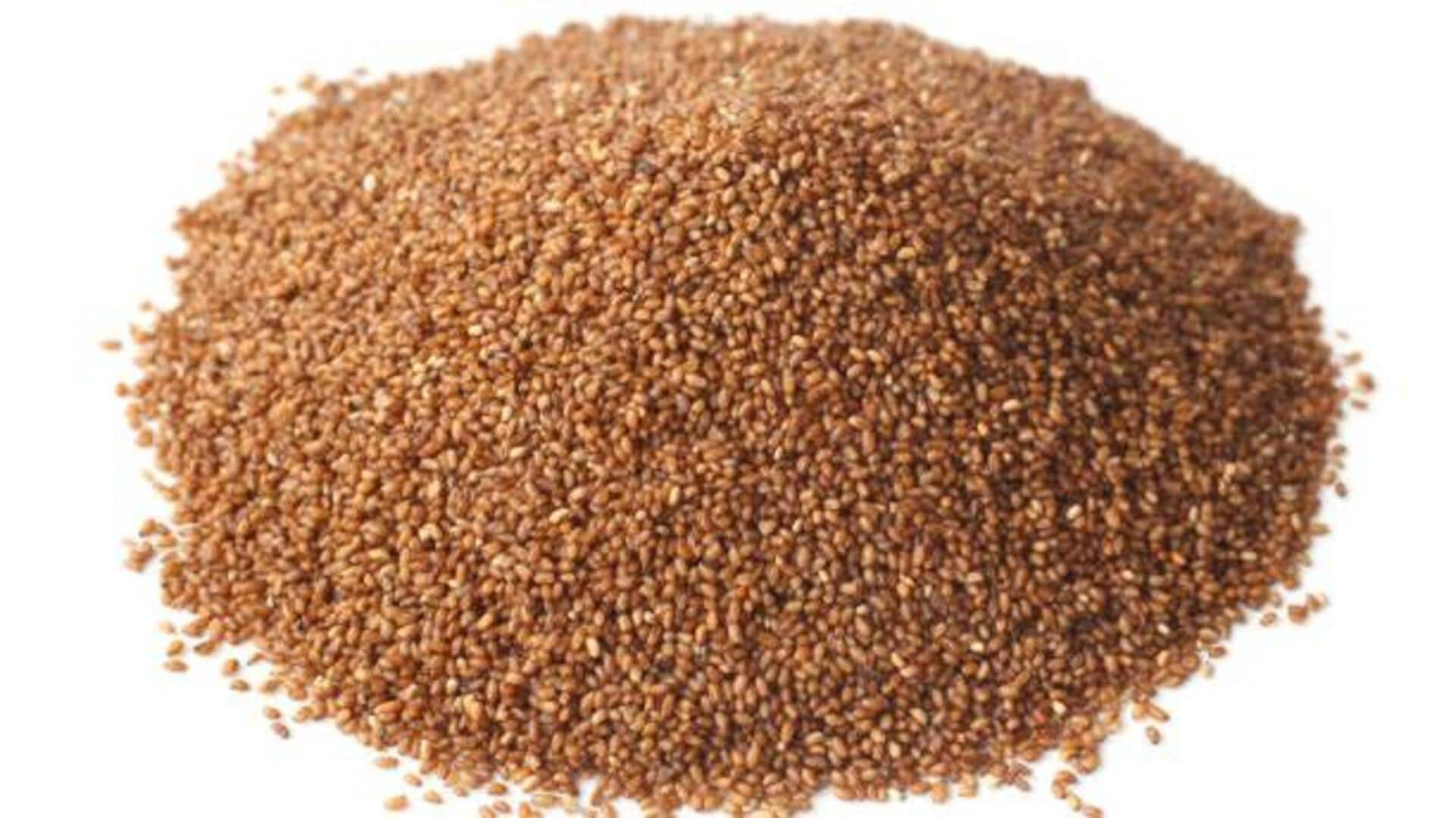
Teff grain: Nutrition, culinary uses, and more
What's the story
Teff, a tiny Ethiopian grain, is emerging as the next superfood owing to its amazing nutritional value. The ancient grain is packed with all the necessary nutrients and offers a host of health benefits. As people increasingly look for healthier options, teff stands out for its versatility and potential to boost food security across Africa. It flourishes in different climates making it an ideal crop across the continent's varied agricultural landscape.
#1
Nutritional powerhouse
Teff is loaded with essential nutrients that promote good health. It is rich in protein, fiber, and iron, making it an excellent option for people who want to up their nutrient intake. Further, teff is gluten-free, making it an ideal option for people who are gluten-sensitive or have celiac disease. The grain also delivers essential vitamins such as B vitamins and minerals such as calcium and magnesium.
#2
Versatility in cooking
One of the biggest advantages of teff is its versatility in cooking. It can be used in an array of dishes, from traditional Ethiopian injera bread to contemporary recipes like porridge or pancakes. Teff flour can be added into baked goods or used as a thickening agent in soups and stews. Its mild flavor makes it blend well with other ingredients while adding nutritional value.
#3
Climate resilience
Teff's capability to grow in various climatic conditions makes it a resilient crop, ideal for different parts of Africa. It flourishes in both drought-hit areas, and areas with sufficient rains, giving farmers a steady source of income, even in difficult weather. This adaptability not only aids local agriculture but also serves food security purposes by ensuring steady production.
#4
Economic potential
The cultivation of teff has immense economic potential for African farmers by serving local markets and the global appetite for this superfood grain. As the world wakes up to its health benefits, the export potential could increase incomes in rural communities in its production chain, and encourage sustainable farming practices across the continent.